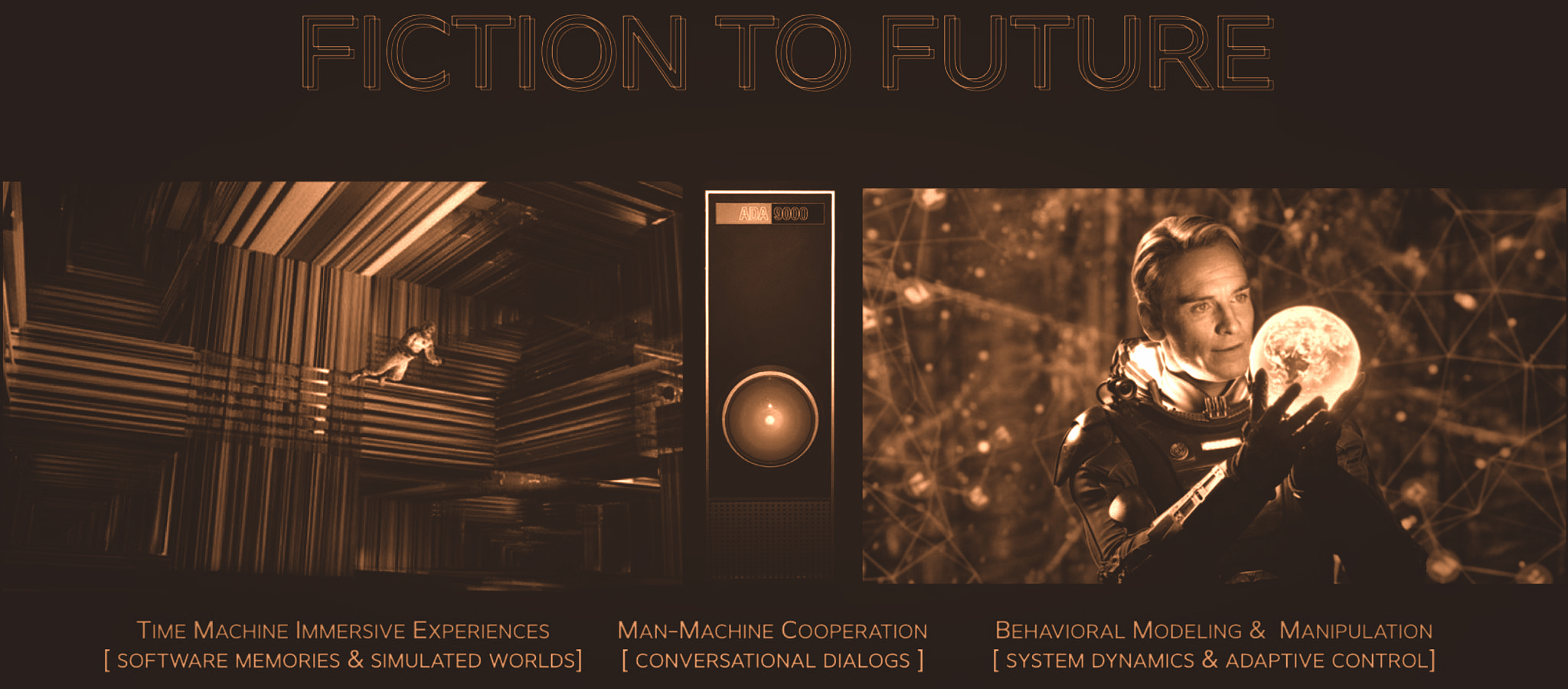A moment that resonates with every software developer occurs when we’re engrossed in the creative process of coding, each line building upon the previous ones, and the comprehension of the system becomes absolute. However, this state of flow can be disrupted when an AI assistant generates a block of code that, while technically accurate, feels somehow alien. “Why did it think differently than what I was doing?”. This disruption represents a fundamental challenge that arises as AI becomes increasingly integrated into software development: how can we maintain our deep understanding and situational awareness while harnessing the capabilities of AI? A problem that will only intensify and expand.
Understanding Situational Awareness
Consider the distinction between driving a car and being a passenger. As a driver, you actively engage with your surroundings—feeling the road, monitoring other vehicles, and anticipating potential changes. Conversely, as a passenger, you may reach your destination without fully comprehending the journey. This principle extends to the realm of software development, where developers risk becoming passive participants in their processes when they relinquish excessive control to AI-generated code.
Situational awareness in software development extends beyond mere code comprehension. It encompasses a profound and multifaceted understanding of the system. Drawing from Endsley’s theoretical model, this awareness operates at three distinct levels, each building upon the others. At its foundation lies perception, encompassing the immediate state of the code—its structure, variables, and control flow. Deeper comprehension involves understanding how various components interact and their collective purpose. At the highest level, projection entails anticipating the impact of changes on the system’s future behavior and adaptability.
When AI generates large blocks of code, it can disrupt all these levels of awareness. You might see the code but struggle to grasp its full implications or predict its long-term impact on your system. This disconnection mirrors challenges we’ve seen in other domains where automation can lead to skill degradation and reduced operational awareness.

The Three Modes of Assistive AI
Instead of viewing AI as primarily a code generator, we need to reconceptualize it as a cognitive partner that enhances our capabilities while preserving our situational awareness. This partnership can operate through three complementary modes, each supporting different aspects of the development process.
First, consider what I call “Observer Mode”. Think of it as having an experienced architect looking over your shoulder, but one who knows when to speak up and when to stay quiet. This AI observer acts as an extended sensory system, monitoring aspects of your code that might escape immediate attention. Like a sophisticated radar system, it enhances my awareness without demanding it.
At the syntax level, it looks for patterns and inconsistencies in my coding style and naming conventions. But unlike traditional linters, it understands context. It knows that sometimes inconsistency is warranted, and it adapts its sensitivity based on what I’m currently focused on. At a deeper level, it observes relationships between different parts of my codebase, noting when changes in one area might affect others. It’s like having that experienced architect who immediately notices how moving one wall affects the entire building’s structure.
Moving beyond, we enter the “Collaborator Mode”, where AI becomes an active thinking partner. Instead of simply pointing out issues, it engages in a Socratic-like dialogue that helps me articulate my intentions and assumptions. When it encounters a complex method, rather than declaring it “too long”, it might ask, “What different responsibilities is this method handling?”. This approach helps me maintain my agency while deepening my understanding.
The collaboration extends to pattern recognition and design exploration. The AI might engage me in meaningful dialogue about patterns it identifies, similar to how an experienced mentor might say, “I’ve noticed you’re using this pattern here—let’s discuss its implications for future maintenance”. Through these conversations, I’m not just getting suggestions; I’m developing a deeper understanding of design choices.
Finally, we have “Sandbox Mode”, which creates a space for experimentation and learning. Think of it as having a sophisticated architectural modeling tool that lets me quickly prototype different approaches without committing to them. I can conduct “what-if” analyses, exploring the implications of different design decisions in a low-stakes environment. By seeing different implementations side by side, I build richer mental models of possible solutions.
The Science Behind the System
The effectiveness of this approach rests on cognitive science. Research shows that deep understanding comes from active engagement. When developers write code, they build rich mental models that integrate multiple layers of abstraction. This process engages what psychologists call “elaborative rehearsal”—deep processing of information that creates stronger neural patterns than passive observation.
Maintaining a “flow state” requires careful attention to how and when AI intervenes in the development process. Interruptions are least disruptive when they occur at natural task boundaries, much like how a good teaching assistant knows when to offer help and when to let students work through problems on their own.
Looking Forward
As we design the next generation of AI development tools, we need to focus on supporting fluid transitions between these modes while maintaining context and adapting interaction styles to developer preferences. The tools should present information in ways that support rather than overwhelm working memory capacities while serving to enhance rather than replace human cognitive capabilities.
The future of AI in software development lies in creating what Licklider called “man-computer symbiosis”—a close coupling between human and machine capabilities that enhances rather than diminishes human understanding. This requires ongoing attention to cognitive enhancement, learning integration, and skill preservation.

A New Understanding
By grounding our approach to AI assistance in cognitive science and situation awareness theory, we can create development environments that truly enhance developer capabilities. The goal isn’t just to produce code more efficiently—it’s to maintain and enhance the deep understanding that characterizes expert software development.
The future of software development doesn’t lie in relinquishing our understanding to AI, but rather in establishing a genuine partnership that augments our cognitive faculties while preserving the profound comprehension that enables the creation of exceptional software. As we progress with the integration of artificial intelligence, maintaining this equilibrium between automation and awareness will be paramount for the ongoing evolution of our discipline.
Effective integration of AI necessitates a balanced approach. Our tools should serve to augment human understanding and expertise, not supplant it. Strategic implementation, mirroring the nuanced guidance of a skilled mentor, ensures that AI enhances developer capabilities, fostering a future where technology complements human ingenuity.
